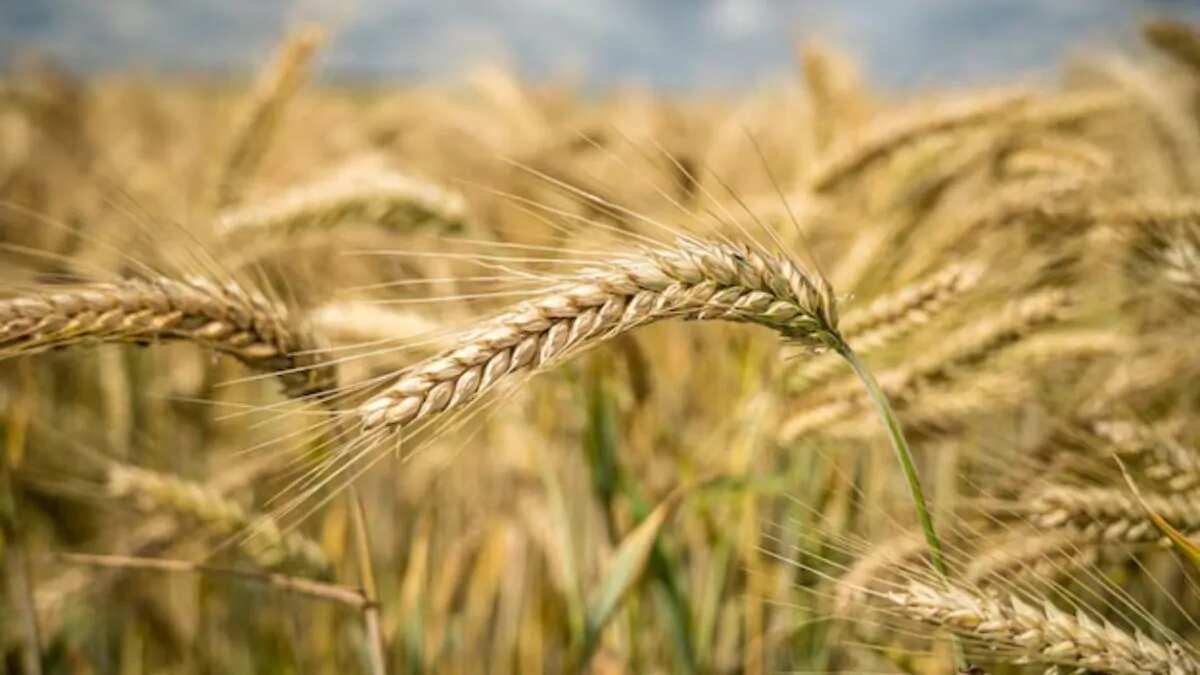Barley has been a long-standing tradition among grain growers, and it’s also a crop that can be cultivated at home. Kendra Meador explores this versatile edible plant and how you can grow it yourself.
Barley may not get as much attention as other small grains like wheat, rice, rye, oats, or corn, but it’s certainly worth learning about. This spring annual has been cultivated for thousands of years, often in areas where other food crops struggle. It serves as a vital source of animal feed, and many beer brewers grow their own malting barley in pursuit of the perfect ale.
Each barley head (Hordeum vulgare) yields 20 to 60 grains, making even small plots productive for home gardeners. Packed with eight essential amino acids and numerous vitamins and minerals, barley is highly nutritious. Plus, a beef stew just wouldn’t be as hearty without it.
As you read further, you’ll discover more about this fascinating grain—and once you see how easy it is to grow, you might just be inspired to plant it in your own garden.
Overview
A field of countless Hordeum vulgare plants, their grain-filled heads displaying yellow, green, and light brown hues under a bright blue sky
- Plant Type: Cereal grass
- Family: Poaceae
- Genus: Hordeum
- Species: Hordeum vulgare
- Native Area: Middle East, North Africa, and parts of Central Asia
- Exposure: Full sun
- Height: 6-7”
- Watering Requirements: Regular
- Pests & Diseases: Cutworms, leaf rust
- Maintenance: Low
- Soil Type: Well-draining, loamy
- Hardiness Zone: 4-8
What is Barley?
Barley (Hordeum vulgare) is a spring annual grass and a descendant of wild barley (Hordeum spontaneum). It’s one of the oldest cultivated crops and remains essential worldwide.
Native Area

It has become a common cereal crop all over the world
Barley has been domesticated for at least 10,000 years, originating in Southwest Asia. Today, it’s grown across the Middle East, Northeast Africa, Central Asia, and Eastern Europe, though it has spread to nearly every continent.
Characteristics

Each stem grows tall with a spiky head.
Each plant grows tall with a spiky head, producing 1-6 stems and multiple spikelets. Lateral branches, called tillers, can mature into seed-bearing heads—more tillers mean a higher yield.
Nitrogen-rich soil encourages tiller growth. As barley matures, it shifts from bright green to light brown, with self-pollinating flowers (containing both male and female parts).
Unlike wheat or rye, barley adapts well to various climates, making it crucial in regions where other grains fail. It’s primarily used for animal feed and brewing (beer and whiskey).
Fall-planted barley also works as a cover crop, preventing erosion, suppressing weeds, and enriching soil. Its tender greens (barley grass) are nutritious for humans and pets, while dried stalks serve as straw for algae control in ponds.
Types of Barley

Many varieties exist with different uses, such as making beer and other food products.
Hundreds of barley varieties exist, often categorized as two-row or six-row based on seed arrangement.
- Two-row barley: Preferred for brewing (fuller flavor, higher starch, lower protein).
- Six-row barley: Higher in protein and carbs, ideal for food products.
Popular cultivars include:
- Robust Barley (six-row): High-yielding, plump kernels, resistant to stem rust.
- Pinnacle (two-row): Late-maturing but high-yielding with large kernels.
Planting

Plant them directly on the ground.
Barley thrives in cooler weather, best planted in spring or winter. Even small plots (200 sq. ft.) can yield ~40 lbs.
Planting Tips:
- Sow in well-draining soil (in-ground, raised beds, or large containers—though containers may limit yield).
- Tight planting can support ~25 plants/sq. ft.
- Seeding rate: 95–120 lbs/acre.
- Full sun and consistent moisture (avoid soggy soil).
- Plant in early spring (or fall in warmer zones).
How to Grow
Light
Barley needs full sun (6–8+ hours/day) for optimal growth and plump grains.
Water
- Keep soil moist until germination.
- Adjust watering based on climate (more in heat, less in cool weather). Avoid overwatering.
- Best method: Drip irrigation (sprinklers may promote fungal issues).
Soil
Ideal soil: loamy, well-draining, pH 6.0–6.5. Barley tolerates alkaline soils, making it salt- and drought-resistant. It also improves poor or eroded soil.
Temperature
- USDA Zones 4–8, but select varieties suited to your climate.
- Ideal temp: 55°F (13°C).
- Spring barley should be harvested before frost.
- In Zone 8+, plant between September–February (before temps exceed 85°F/29°C).
Fertilizing
Barley needs minimal fertilizer—excess nitrogen boosts foliage, not seeds. Test soil first; add phosphorus/potassium only if deficient.
Maintenance
No pruning needed, but mowing delays flowering. For cover crops, mow/till before seeding to prevent unwanted growth.
Propagation
Grow only from seed:
- Broadcast seeds, covering with ~1″ soil to deter birds.
- Germinates in 3–5 days.
Harvesting
Harvest when seed heads dry:
- Cut stalks at the base (use a sickle/hand trimmer).
- Bundle into sheaths; dry in sun for 7–10 days.
- Thresh heads (beat in a pillowcase to release kernels).
Storing
Store in an airtight container in a cool, dry place (6–8 months). For longer storage, freeze (lasts 1+ years).
Common Problems
Growing Issues

Overwatering will lead to growing issues because of deteriorating roots.
- Overwatering causes root rot.
- Wet heads at harvest may trigger premature sprouting.
Pests

They are vulnerable to different pests.
- Cutworms (moth larvae) chew young stems.
- Control: Handpick or use Bacillus thuringiensis (Bt). Clear debris to deter egg-laying.
Diseases

Fungal infections usually appear on the leaves first.
- Leaf rust (fungal, orange-brown spots) thrives in humidity.
- Prevention: Resistant varieties, spacing for airflow, fungicide (if needed).

